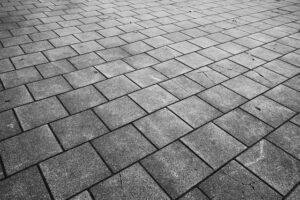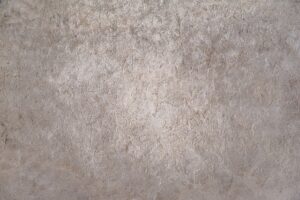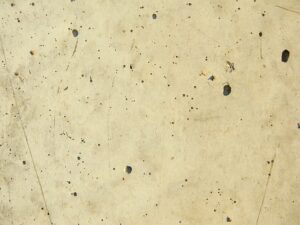Maximizing Efficiency: The Role of Insulated Concrete Forms in Sustainable Building
Insulated Concrete Forms (ICFs) represent a significant innovation in sustainable building practices, offering enhanced energy efficiency compared to …….
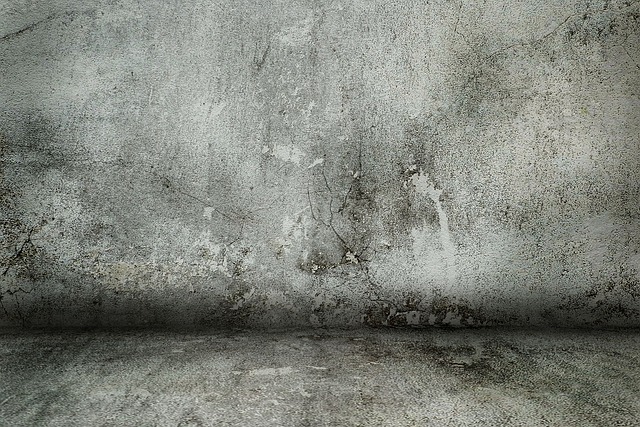
Insulated Concrete Forms (ICFs) represent a significant innovation in sustainable building practices, offering enhanced energy efficiency compared to traditional construction methods. These systems consist of interlocking foam boards filled with concrete, creating walls that provide superior thermal insulation and structural strength. ICFs reduce heating and cooling costs by minimizing heat transfer, maintaining comfortable indoor temperatures year-round. They are versatile, suitable for various building types from homes to commercial spaces, and are gaining popularity among professionals who value sustainability. ICFs contribute to lower greenhouse gas emissions and support resilient building practices. Their integration of insulation directly into the design also provides acoustic benefits, making them an ideal choice for those looking to construct energy-efficient, durable, and quiet structures.
Explore the transformative potential of Insulated Concrete Form (ICF) construction in elevating energy efficiency in residential and commercial buildings. This article delves into the robust and innovative world of ICFs, a building solution that promises exceptional thermal performance, durability, and indoor air quality. We will navigate through the components of ICF systems, their myriad benefits, and practical considerations for their implementation. From a step-by-step guide on the construction process to real-world case studies, this exploration will equip you with comprehensive insights into why ICFs stand out as a sustainable choice in modern architecture. Join us as we unravel the intricacies of building with Insulated Concrete Forms and how they contribute to an energy-efficient future.
- Introduction to Energy-Efficient Construction with ICFs
- Understanding Insulated Concrete Forms (ICFs)
Introduction to Energy-Efficient Construction with ICFs
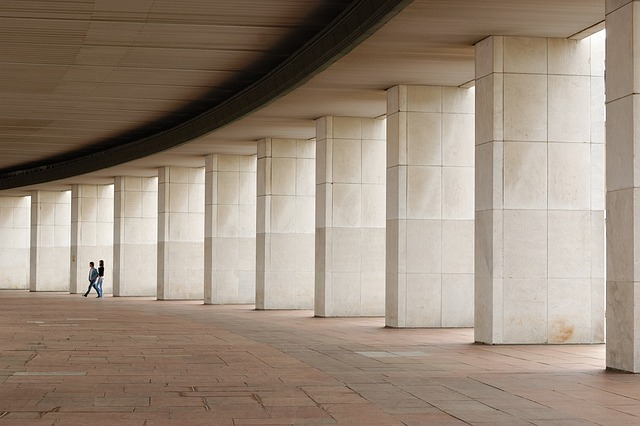
Insulated concrete forms (ICFs) represent a significant leap forward in the realm of energy-efficient construction, offering a high-performance building solution that stands out for its durability and thermal efficiency. These innovative wall systems are constructed using interlocking foam boards with concrete poured in between, resulting in walls that boast superior insulation properties compared to traditional stick-framed walls. The inherent benefits of ICFs include reduced energy consumption, enhanced comfort, and lower greenhouse gas emissions throughout the building’s lifecycle. By incorporating an ICF system, builders can create a continuous thermal barrier that significantly minimizes heat transfer, keeping interiors at optimal temperatures regardless of external conditions. This not only leads to direct savings on heating and cooling costs for homeowners but also contributes to a more sustainable construction industry. The robust nature of ICF walls provides additional structural integrity, offering protection against natural elements such as wind, rain, and hail. Furthermore, the versatility of ICFs allows for their application in various construction projects, from residential homes to commercial buildings, making them an increasingly popular choice among environmentally conscious architects and builders.
Understanding Insulated Concrete Forms (ICFs)
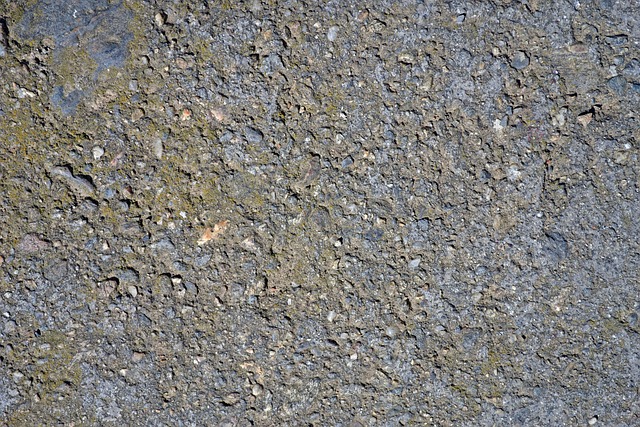
Insulated Concrete Forms (ICFs) represent a significant advancement in construction technology, offering an innovative solution for building energy-efficient walls. These precast concrete forms are interlocking and come with insulation integrated into their design. The insulating material is typically expanded polystyrene (EPS) or extruded polystyrene (XPS), which provides excellent thermal resistance, significantly reducing heat transfer across the wall envelope. This results in walls that maintain a consistent temperature, leading to improved energy efficiency and comfort within the building.
The construction process with ICFs is both efficient and precise. The interlocking panels are stacked and connected to form the desired shape of the structure’s walls. Reinforcement steel is then positioned within the forms before pouring the concrete. Once the concrete cures, the result is a monolithic concrete wall encased in continuous insulation, creating a high-performance building envelope that acts as a thermal and acoustic barrier. The durability of concrete combined with the superior insulating properties of ICFs makes for a resilient structure that can endure various environmental conditions while maintaining energy efficiency throughout its lifespan. This construction method not only contributes to the reduction of energy consumption but also supports sustainable building practices, making it an ideal choice for those looking to construct eco-friendly and resilient homes or buildings.
Incorporating insulated concrete forms (ICFs) in construction offers a robust and energy-efficient solution for building walls. As discussed, ICFs provide remarkable thermal performance and resilience against environmental elements, making them an optimal choice for sustainable development. The benefits of using these systems extend beyond energy savings to include reduced operational costs and a lower carbon footprint over the structure’s lifespan. Homeowners and builders alike are recognizing the advantages of ICF construction, which aligns with the growing demand for greener building practices. Embracing ICF technology is not just an environmentally conscious decision but also a forward-thinking investment in comfort, durability, and energy efficiency. As the industry continues to innovate, ICFs stand out as a key player in the advancement of sustainable construction techniques.
